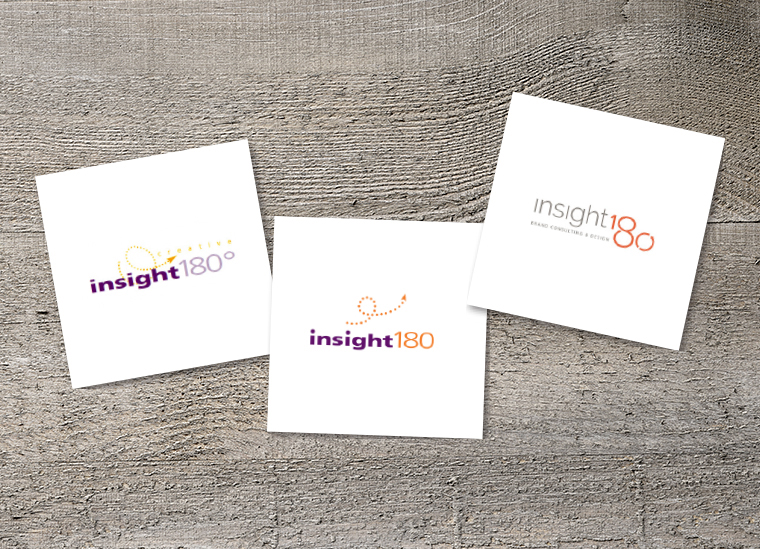Last updated April 17, 2023.
Corporate Identity. Differentiation. Branding. Positioning. Even among the business savvy, it’s not at all uncommon for these marketing terms to be used almost interchangeably. In fact, they are quite different and play very different roles in business development and marketing. We thought it was time to revisit the terms and clarify the differences, so you can be better-informed about marketing, design, and branding services.
First, What is a Brand?
A brand is the idea behind a company’s identity, the impression people have of you. A brand is what you stand for, believe in, behave like, and how you are perceived by those that conduct business with you or otherwise experience interaction with you. It’s the collective sum of who you are as an organization and how you communicate your value and culture in a variety of ways.
A brand takes time to build because it’s defined by what others think about you, and such impressions (be they positive or negative) take time to form and build.
“A brand is a person’s gut feeling about a product, service, or organization. A brand is a person’s gut feeling, because brands are defined by individuals – not companies or markets. A brand is a gut feeling because people are emotional, intuitive beings. A brand is not what you say it is, it’s what they say it is.” — Marty Neumeier, author
Corporate Identity
Corporate identity is how a company or organization presents itself to the public. It’s the intentional image and aesthetic that is created to help form its public image. Think logo – an image that is both a recognizable mark, symbol, or icon plus a specific type treatment – and colors, tagline, or definition statement of an organization. A corporate identity includes the key visual and verbal elements that work together to create a definitive, consistent, and recognized persona for the business. It should represent the key ingredients of a brand but ultimately it serves to identify, not explain or sell.
Differentiation
What differentiates you is not your logo, tagline, slogan, or what your website looks like. Your differentiation is what you offer or do that sets you apart from other organizations that are similar to you. For professional services businesses, which is our area of specialization, it can be a minor characteristic that a company embraces as its signature difference. Without an obvious or expressed and declared differentiation, it can be difficult for potential customers to detect how you are different and even harder for them to choose you as their preference.
Branding
Branding is the strategy behind corporate identity and brand, as well as the process that ensures they are representative of who you are — the why, what, and how of your organization. It’s as deep as the core values and as detailed as crafting messages and communications materials that will help to form the impressions people will have about your company. It is also the implementation of consistently applied communications that express who your company is at its core. Branding is rarely a destination. It is nearly always an ongoing process that evolves as a company evolves and grows.
Positioning
Positioning refers to where you stack up within your industry, relative to your competitors and in the eyes of your customers. Branders like us use positioning strategy as a way to tell customers what you do, for whom,, how you help, and how you are different. Your differentiation (see above) is a function of your positioning strategy. If you know how you can help and how you are different, you can tell potential customers what your position in the industry is relative to them. This is very helpful information for customers to have. It’s one of the key ways they evaluate you; customers will assign a position to you in their minds even if you don’t tell them your thoughts on the matter.
Bringing it all together
READ MORE












